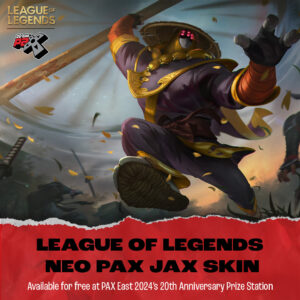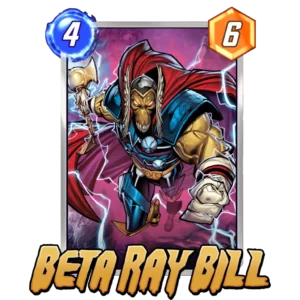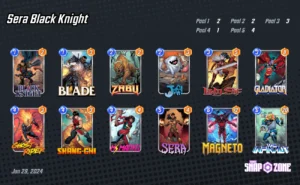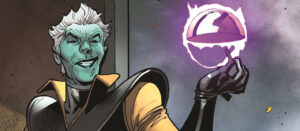Table of Contents
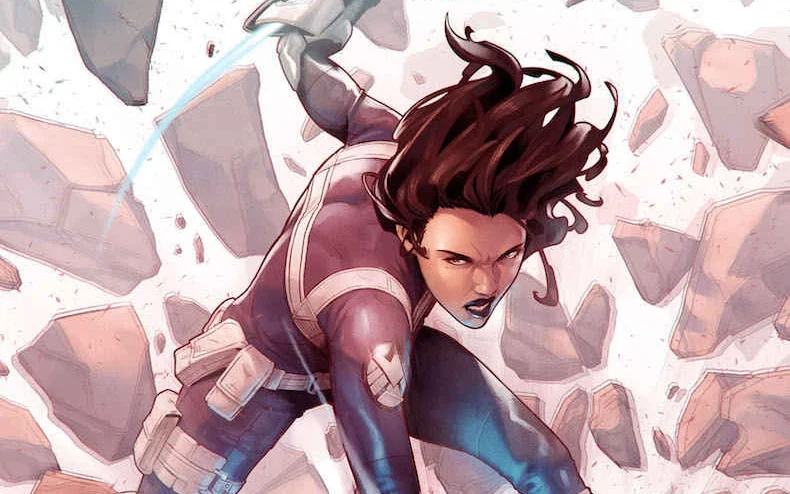
Quake is one of the most successful reworks in the history of Marvel Snap, having undergone two significant changes that elevate her status in the game. Now, her ability to swap locations in a predictable order adds a layer of strategic depth, and the removal of the middle location gives her a lot more consistency. Individually, each buff would enhance her gameplay, but together, they catapult Quake into the realm of top-tier cards.
Quake operates as a control card, strategically limiting opponents' options and disrupting their plans. With the ability to manage locations predictably, Quake has become a favorite among competitive players, akin to the impact Legion has in the game. Quake excels at stealing key locations, neutralizing opponent advantages, and setting up surprising plays.
Here are some tips to elevate your gameplay with Quake:
1. Quake with priority is deadly
Securing priority when playing Quake offers unprecedented control over the game state, allowing you to force opponents into unfavorable locations and take advantage of good ones while denying your opponent access. This also shields Quake from potential counters, such as Cosmo or other location manipulation cards your opponent has.
Noteworthy applications of Quaking with priority include killing enemy cards in locations like Altar of Death, Death’s Domain, Danger Room, and Vormir. You can also strategically force your opponent’s big cards to land in Quantum Tunnel, Quantum Realm, or Tarnax IV, while rendering their plays ineffective in Dark Dimension or Deep Space. Additionally, you can bounce opponent cards back to their with Luke’s Bar. Conversely, you can secure and deny access to beneficial locations like Shuri’s Lab or Sinister London. Another strategic move involves collecting powerful Dijinns at Door Dimension before your opponent can play into it.
2. Timing is key
While Quake is known for her spectacular 8-cube wins, there are a lot of benefits to tempo her out in a regular game. Though a lot of such decision-making depends a lot on the deck you’re playing (It is generally best to prioritize playing Loki over holding Quake), understanding the significance of each location and its varying importance at different stages of the game is key to effectively utilizing Quake to her full potential.
In the early game, swapping locations like Murder World, Oscorp Tower, or Superflow can secure substantial value and gain an advantage over your opponent. While an early Quake to force your opponent into playing into Vibranium Mines or Lechuguilla can effectively deny them crucial card draws throughout the game – think of it as an intensified rockslide! Conversely, for locations you intend to manipulate later in the game, concentrate on those requiring more resource commitment, such as moving things away from Nexus and Mojo World or swapping Rickety Bridge to a spot your opponent has heavily invested in. Lastly, huge power swing locations like the throne room, Nidavellir, or Negative Zone can decide the outcome of the game when swapped late.
For more restrictive locations, manipulating them to lockdown your opponent before turn six can position you for victory. This includes Flooded, Sanctum Sanctorum, The Vault, New York, Kyln, and Morag.
3. Disguise your game plan
As Quake's effect is still relatively fresh, she has the advantage of surprising unsuspecting players. However, with her rising popularity, executing obvious plays becomes more challenging.
I’ve seen a lot of clips online with people flipping the Nexus or Bar with no name for huge 8-cube games. While those are certainly impressive showcases of Quake, these plays often come with predictable signs, telegraphed by players not committing resources in the original Nexus spot or not playing any cards in a Bar with No Name game.
Although this strategy may catch unsuspecting opponents off guard, the increasing popularity of Quake means that players will become more attuned to anticipating and countering her moves, similar to how players adapted to Alioth or Shang Chi. Exposing your game plan leaves you vulnerable to potential counters, especially if your opponent has priority.
A better way to approach those games is to play as if you don’t have Quake, giving your opponent a false sense of security while protecting yourself from Leech or ways your opponent can remove Quake from your hand.
4. Going forward: Quake mirror match
It’s foreseeable that mirror matches will become commonplace as Quake gains more popularity. Here are some strategic approaches to navigate these matchups effectively.
You can reasonably assume that the opponents are holding Quake when they are staying in 4/8 cube games where they are disadvantaged. This is especially evident in key Quake locations like Bar with No Name or Mojo World. Picking up on their choices in playing or avoiding locations they usually prefer (such as Mojo World, Nidavellir, or Bar with No Name) can also signal the presence of Quake. Additionally, prepare to play around Quake when facing opponents with location control decks like Storm.
A few ways to predict where your opponent wants to Quake is by looking at their board placement. Most players wouldn’t want to clog themselves before turn 4, so you can reasonably rule those locations out as potential placement for Quake. Additionally, assessing whether specific cards benefit more in certain locations, such as ongoing cards with Onslaught’s Citadel or 1-cost cards with Lake Hellas, can provide valuable insights into potential Quake placements.
Quake it back
Playing another Quake at the same spot your opponent is and reversing the effect is detrimental to your opponent’s game plan. Often, it is best to start setting up the turn by planning out what you will play along with Quake on your turn six and allowing enough space in certain areas to enable such play.
Hold the Quake
Making a telegraphed Quake play while not playing the card can create interesting mind games that force your opponent into making a counter play with their Quake, only for them to set up the board to your game-winning state. While this tactic is more effective in conquest formats where you have better intel of your opponent's play patterns and deck, it can still be a viable strategy on the ladder if you recognize your opponent is using a popular decklist featuring Quake.
Understanding and implementing these strategic nuances can elevate your performance in Marvel Snap as Quake shakes up the meta. Are you ready for the seismic impact?
